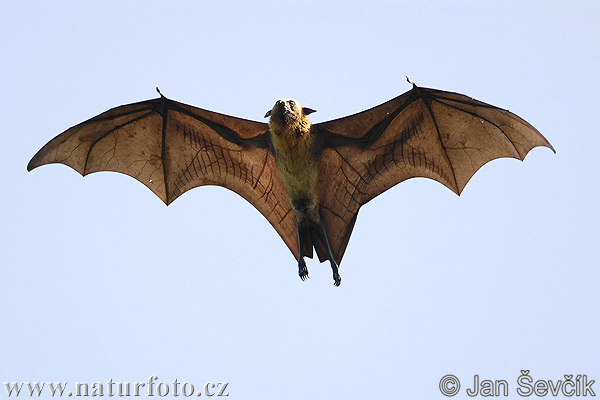How Climate Change Affects Our Animal Friends
Gaby Berkman
|February 15, 2012
When talking about climate change, we often talk explicitly about the affect it has on humans. Rising temperatures means that hot weather is becoming hotter, and the lack of snow this winter means that skiing fanatics can’t get their powder fix in. Extreme weather means more floods and damage to cities and infrastructure.
But what about the affects of climate change on the habitats of other species? Biodiversity, which is how much variation there is within the species and life forms of an ecosystem, indicates the heath of ecosystems. Any change to one species or life form within the ecosystem affects all of the other life forms. So how does climate change fit into this cycle? According to to the Convention on Biological Diversity, climate change is the one of the leading reasons for habitat fragmentation. Habitat fragmentation results in species living in a much smaller area than they’re used to, which affects the amount of genetic diversity. Worst case scenario: species become extent.
 Let’s take a look at some species that are currently being affected by degrading eco-systems. To start, let’s head to the land down under. The Mountain Pygymy-possum. This little guy is the only Australian mammal who dwells only in alpine to subalpine regions. They need continuous snow cover for at least 6 month, live in deep caves and scammer around high elevations. Why? It’s all about the nesting spots. The nooks and crannies provide ideal, protected nesting cover. They are being threatened by climate change for a few different reasons, the main being that the hotter temperatures have been interrupting their hibernation patterns. That means they are waking up before their food source, the Bogong Moths, are out. Habit loss is also forcing these critters down hill, and the lack of snow means there isn’t enough so cover for their nesting hibernation.
Let’s take a look at some species that are currently being affected by degrading eco-systems. To start, let’s head to the land down under. The Mountain Pygymy-possum. This little guy is the only Australian mammal who dwells only in alpine to subalpine regions. They need continuous snow cover for at least 6 month, live in deep caves and scammer around high elevations. Why? It’s all about the nesting spots. The nooks and crannies provide ideal, protected nesting cover. They are being threatened by climate change for a few different reasons, the main being that the hotter temperatures have been interrupting their hibernation patterns. That means they are waking up before their food source, the Bogong Moths, are out. Habit loss is also forcing these critters down hill, and the lack of snow means there isn’t enough so cover for their nesting hibernation.
Australia is also home to the flying foxes (nope, that’s not a band you haven’t heard of, they’re giant, and I mean GIANT, fruit bats). The extreme heat is effecting them because instead of sleeping during the day in high tree tops, they’re awake, fanning themselves. In 2002, the temperature hit 109 degrees F and the enormous bats began falling from their trees, dying. From 2003 to 2006, scientists counted 19,000 dead flying foxes, the largest die-out of single species since 1994.
mean GIANT, fruit bats). The extreme heat is effecting them because instead of sleeping during the day in high tree tops, they’re awake, fanning themselves. In 2002, the temperature hit 109 degrees F and the enormous bats began falling from their trees, dying. From 2003 to 2006, scientists counted 19,000 dead flying foxes, the largest die-out of single species since 1994.
Let’s move to another down under – the ocean. We are well aware that the polar bears are being affected by melting ice and glaciers breaking off, but what about sea turtles? Six different sea turtles are already on the endangered species list, and the biggest way the climate change effects sea turtles in their reproduction patterns. Female turtles nest ashore nesting beaches. They lay their eggs in the sand go back into the ocean. Rising ocean temperatures and levels affect both the space available for these nests and will increase the temperature of the nests. The optimum temperature is 34 degrees C – any hotter could effect hatching. 
What is your favorite critter and how do you think climate change may effect them?
Join our Youth Action Network
More Blog Posts

Our Climate Wins Were on Display at the State of the Union
Today, the Biden Administration temporarily halted all pending decisions on 17 Liquefied “Natural” Gas (LNG) projects across the Gulf South.
Read More
ACE Honored As An Anthem Awards Finalist
Action for the Climate Emergency (ACE) announced today that it won Bronze in Best Use of AI at the 3rd …
Read More
BREAKING: Biden Halts LNG Export Expansion
Today, the Biden Administration temporarily halted all pending decisions on 17 Liquefied “Natural” Gas (LNG) projects across the Gulf South.
Read More